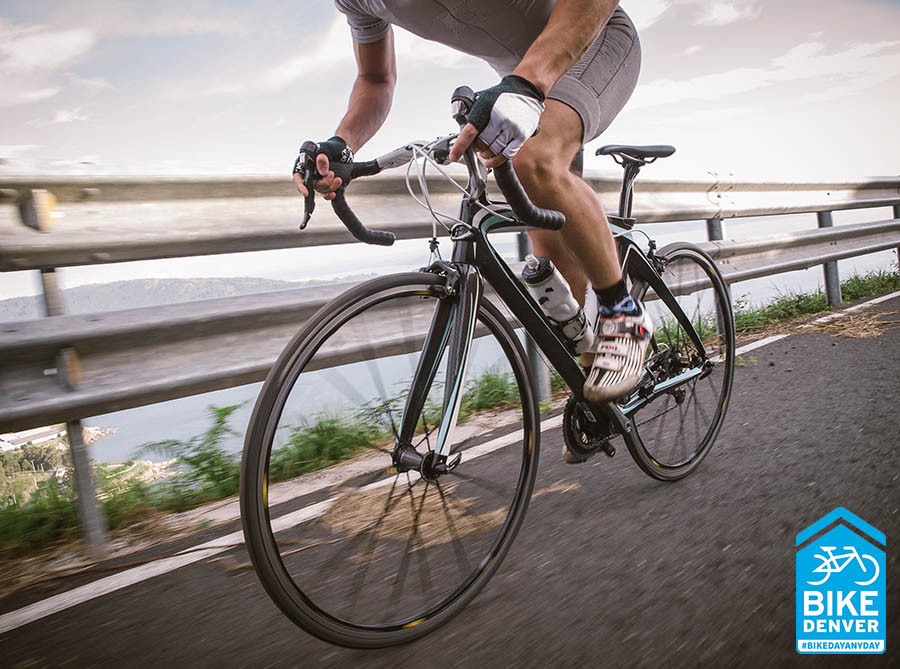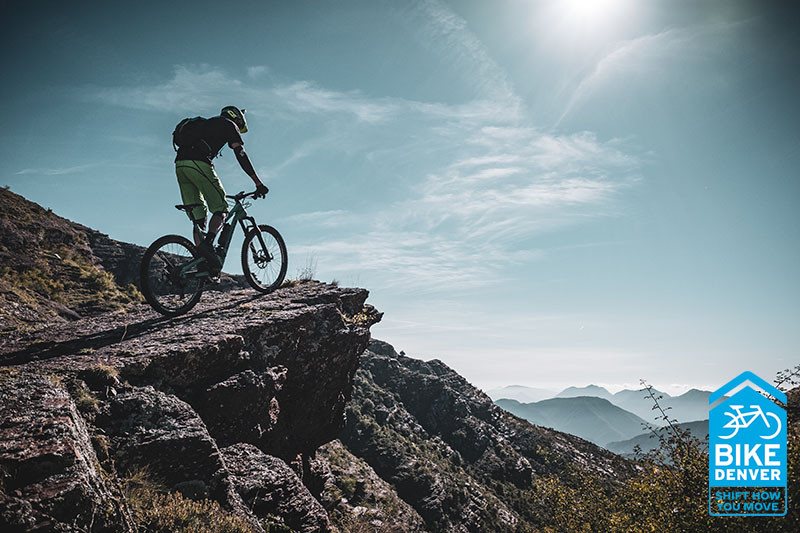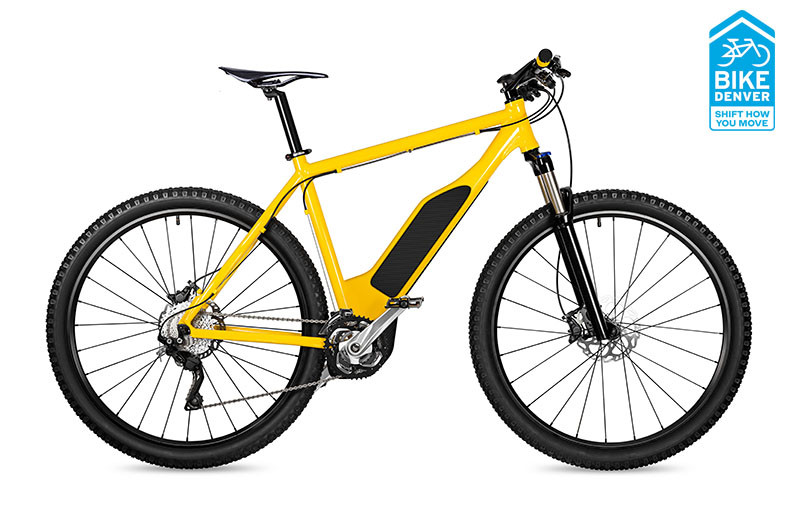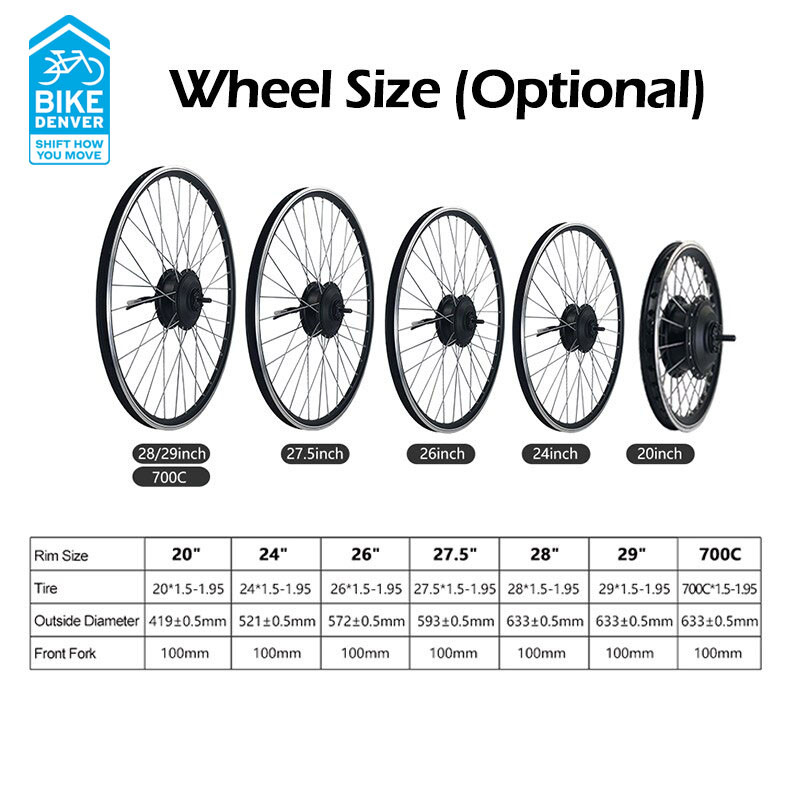When speed comes to mind, bicycles might not be the first vehicles you think of. Cars, motorcycles, and airplanes often dominate conversations about velocity. However, the humble bicycle is capable of surprising speeds, especially when propelled by skilled riders and optimized for performance.
This article dives into the fascinating world of bicycle speed, exploring just how fast a bike can go under various conditions. We’ll cover the speeds achieved by average riders versus professionals, the impact of different bike types and rider ages, and the factors that ultimately dictate how quickly you can travel on two wheels. Get ready to discover some surprising insights into bicycle velocity and learn tips to potentially boost your own cycling speed.
Understanding Bicycle Top Speeds
Speed Based on Rider Skill and Stamina
Average Rider Speeds
For someone new to cycling or riding casually, the typical bike speed hovers around 10 to 14 miles per hour (MPH). This is a comfortable pace for leisurely rides and commutes.
 Average Bicycle Riders
Average Bicycle Riders
With consistent training, even amateur cyclists can significantly increase their speed. Weeks of focused training can elevate average speeds to 15-20 MPH. Dedicated riders with months of serious conditioning might even reach 25 MPH or briefly hit 30 MPH on flat surfaces. Achieving sustained speeds above this is generally more common among experienced or semi-professional cyclists.
To provide a broader perspective, data from Strava, a popular social fitness app for cyclists, offers insights into global average cycling speeds. Strava’s user data studies, compiled annually, reveal interesting trends.
| Average Global Speed – Strava |
|---|
| Woman |
| Man |
| Worldwide Average |
These figures are based on a massive dataset of 5.2 billion cycling miles across 287.5 million rides. The data encompasses diverse bike types, fitness levels, and cycling disciplines. Strava concluded that the worldwide average cycling speed is approximately 13.5 MPH (21.72 km/h).
However, it’s important to consider that Strava users are likely more engaged in cycling than the general population. Individuals tracking their rides with apps are often more fitness-conscious, suggesting the true average biking speed across all riders, including those who cycle less frequently or without tracking, might be slightly lower.
Professional Cyclist Speeds
Professional cyclists operate at a completely different speed spectrum compared to average riders. Their levels of fitness, training, and specialized equipment allow them to achieve remarkable velocities.
Even lower-ranked professional cyclists can effortlessly reach 45 MPH in sprints, relying on sheer power to overcome wind resistance and road friction. Competitive cyclists, particularly in events like the Tour de France, frequently sustain speeds around 35 MPH across varied terrains, including flat sections, sprints, and even uphill climbs.
 Professional Cyclists Racing
Professional Cyclists Racing
Track cycling in velodromes elevates speeds even further. The unique design of velodromes, with banked tracks reaching angles of up to 42 degrees, eliminates many real-world obstacles like wind and variable road surfaces. This controlled environment enables cyclists to achieve astonishing speeds, regularly exceeding 60 or even 70 MPH.
When it comes to world records for unpaced bicycles powered solely by human leg power, Todd Reichert holds the current record, reaching a breathtaking 82.82 MPH.
The overall fastest bicycle speed record is held by Denise Korenek, who achieved an incredible 183.93 MPH in 2018. This record, however, is somewhat controversial as it was achieved with the assistance of a pace car creating a slipstream, which significantly reduces wind resistance. Despite the debate, Korenek’s speed is undeniably impressive, approaching the velocity of a Boeing 747 Jumbo jet during takeoff!
Speed Variations Based on Age and Bike Types
Beyond rider skill, age and the type of bicycle significantly influence achievable speeds.
Speed and Age
Cycling speed tends to vary with age, generally peaking in the late 20s to mid-30s and gradually declining thereafter.
| Age | Average Speed in MPH |
|---|---|
| 18 – 20 | 17 MPH |
| 20 – 25 | 19 MPH |
| 25 – 30 | 22 MPH |
| 30 – 35 | 21 MPH |
| 35 – 40 | 19 MPH |
| 40 – 45 | 18 MPH |
| 45 – 50 | 15 MPH |
| 50 – 55 | 14 MPH |
| 55 – 60 | 12 MPH |
| 60 – 65 | 11 MPH |
This age-related speed trend is linked to changes in Functional Threshold Power (FTP). FTP represents the maximum power output a cyclist can sustain for approximately one hour. As individuals age, FTP typically decreases, leading to a corresponding reduction in average cycling speed.
Speed and Bicycle Types
Different types of bikes are designed for specific purposes and terrains, which directly impacts their speed capabilities.
| Type of Bike | Average Speed |
|---|---|
| Mountain bikes | 10 – 12 MPH |
| Hybrid Bikes | 12 – 18 MPH |
| Touring Bikes | 11 – 15 MPH |
| Gravel Bikes | 15 – 16 MPH |
| Road Bikes | 15 – 20 MPH |
Let’s explore each bike type in more detail:
Road Bikes
 Road Bike on Open Road
Road Bike on Open Road
Road bikes are built for speed and efficiency on paved surfaces. Their lightweight frames, aerodynamic design, and narrow tires minimize rolling resistance and maximize speed. Average riders can comfortably achieve speeds of 15 to 20 MPH on flat, smooth roads, with experienced riders reaching even higher velocities. The narrow tires reduce contact with the road, decreasing friction and enhancing speed. While traditional road bikes had very narrow tires, modern models often accommodate slightly wider tires for improved comfort and grip without significantly sacrificing speed.
Mountain Bikes
Mountain bikes are engineered for off-road riding on challenging terrains like trails, dirt paths, and uneven surfaces. Their robust frames, suspension systems, and wide, knobby tires prioritize durability, traction, and control over speed. The wide tires, while providing excellent grip on loose surfaces, create greater rolling resistance on paved roads, limiting average speeds to around 10-12 MPH. The increased tire contact area with the ground generates more friction, requiring more effort to maintain higher speeds.
Hybrid Bikes
Alt text: A cyclist riding a hybrid bike in a city environment, showcasing the versatility of hybrid bikes for various terrains.
Hybrid bikes blend features of mountain and road bikes, aiming for versatility and comfort on varied surfaces. They typically have a more upright riding position than road bikes for enhanced comfort and wider tires than road bikes for better stability on less-than-perfect roads. While offering a balance of speed and comfort, their wider tires compared to road bikes still result in slightly more rolling resistance, leading to average speeds in the 12-18 MPH range. They are a good compromise for riders who encounter both paved and unpaved paths.
Touring Bikes
 Touring Bike with Panniers
Touring Bike with Panniers
Touring bikes are designed for long-distance cycling adventures and carrying gear. Durability, stability, and comfort are prioritized over outright speed. Often constructed with steel frames for strength, touring bikes are heavier than other types, which impacts acceleration and speed, resulting in average speeds of 11-15 MPH. While not built for speed, their robustness and carrying capacity make them ideal for multi-day trips.
Gravel Bikes
Gravel bikes are designed for riding on gravel roads, unpaved paths, and light trails. They combine elements of road bikes and mountain bikes, featuring drop handlebars for aerodynamic riding positions and wider tires for better traction and comfort on rough surfaces. Gravel bikes strike a balance between speed and off-road capability, achieving average speeds of 15-16 MPH. They are faster than mountain and touring bikes on paved or gravel surfaces but offer more versatility than road bikes.
Factors Influencing Bike Speed
Several factors beyond rider and bike type impact cycling speed:
Weight
Gravity plays a significant role in cycling speed. A heavier rider or bike requires more energy to accelerate and climb hills. Increased weight leads to greater gravitational force working against forward motion, increasing drag and slowing down speed, especially on inclines.
Wheels and Tires
 Professional Cyclists Racing
Professional Cyclists Racing
Tire size, type, and inflation pressure significantly affect rolling resistance and speed. Wider tires generally have higher rolling resistance, but offer better traction and comfort, especially on rough surfaces. Tire pressure also plays a crucial role; higher pressure reduces rolling resistance on smooth surfaces, while lower pressure can improve grip on loose surfaces. Low-profile tires, with less tread, are often favored for road cycling due to their reduced rolling resistance and enhanced grip on paved surfaces.
Suspension Systems
Suspension systems, commonly found on mountain bikes, are designed to absorb shocks and bumps, improving comfort and control on rough terrain. High-quality suspension can enhance efficiency by minimizing energy loss from bouncing and vibrations, potentially contributing to faster speeds, particularly on uneven surfaces. However, on smooth surfaces, suspension can sometimes absorb some pedaling energy, slightly reducing efficiency compared to rigid bikes.
Rider Strength and Endurance
Ultimately, the power a rider can generate and sustain is a primary determinant of bike speed. Greater leg and core strength translates to more forceful pedaling and higher speeds. Endurance is equally crucial, as sustained speed requires the ability to maintain power output over longer durations. Muscles require glucose, fatty acids, and oxygen to produce energy for cycling. Improving stamina through training increases lung capacity and the body’s ability to deliver oxygen to muscles, enhancing endurance and sustained speed.
Quick Tips to Increase Your Bike Speed
Here are some practical tips to help you ride faster:
- Set Speed Goals: Define specific, achievable speed goals for your rides and training sessions to provide motivation and track progress.
- Structured Training: Follow a structured training plan that incorporates interval training, endurance rides, and strength exercises to improve fitness and cycling-specific muscle strength. Consider joining a cycling club or seeking guidance from a cycling coach for personalized training plans.
- Master Cycling Techniques: Focus on refining essential riding techniques, including efficient pedaling technique, paceline riding (riding in a group to reduce wind resistance), bike handling skills, and cadence (pedal stroke rate). Resources like cycling technique guides and videos can be helpful.
- Bike Setup Optimization: Ensure your bike is properly fitted and maintained. Verify correct wheel and frame compatibility, adjust component fit for optimal ergonomics, and maintain proper tire pressure for your riding conditions. Regular bike maintenance keeps your bike running smoothly and efficiently.
See also: How Fast Do Electric Bikes Go?
Conclusion
Understanding how fast a bike can go involves considering a range of factors, from rider skill and age to bike type and external conditions. While bicycles may not rival the raw speed of motorized vehicles in all scenarios, they are capable of impressive velocities, especially when ridden by trained cyclists and optimized for performance.
The tips discussed offer practical ways to potentially enhance your own cycling speed, whether you aim to improve your daily commute times or simply enjoy faster recreational rides. Remember that consistent training, technique refinement, and a well-maintained bike are key to maximizing your speed and enjoying a more efficient and exhilarating cycling experience. Keep these insights in mind as you explore the roads and trails on your bicycle. For any further questions or cycling advice, feel free to reach out and continue exploring the world of biking!

